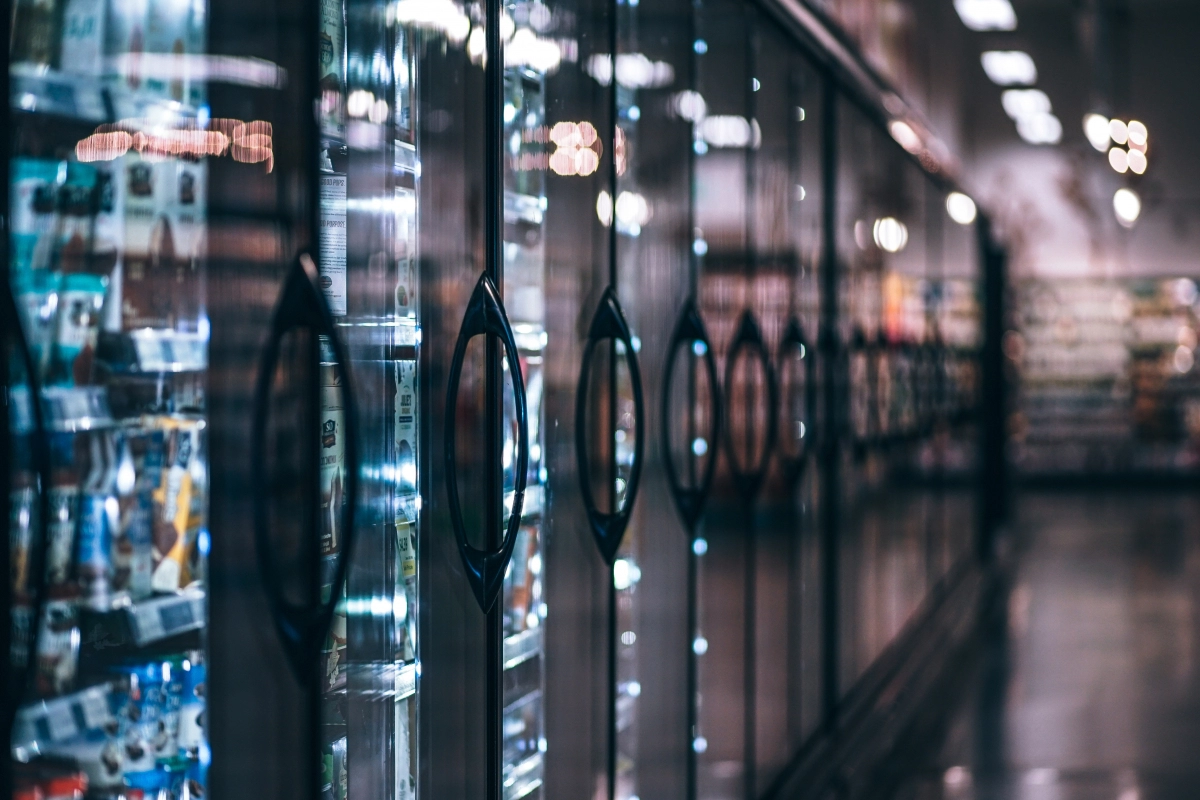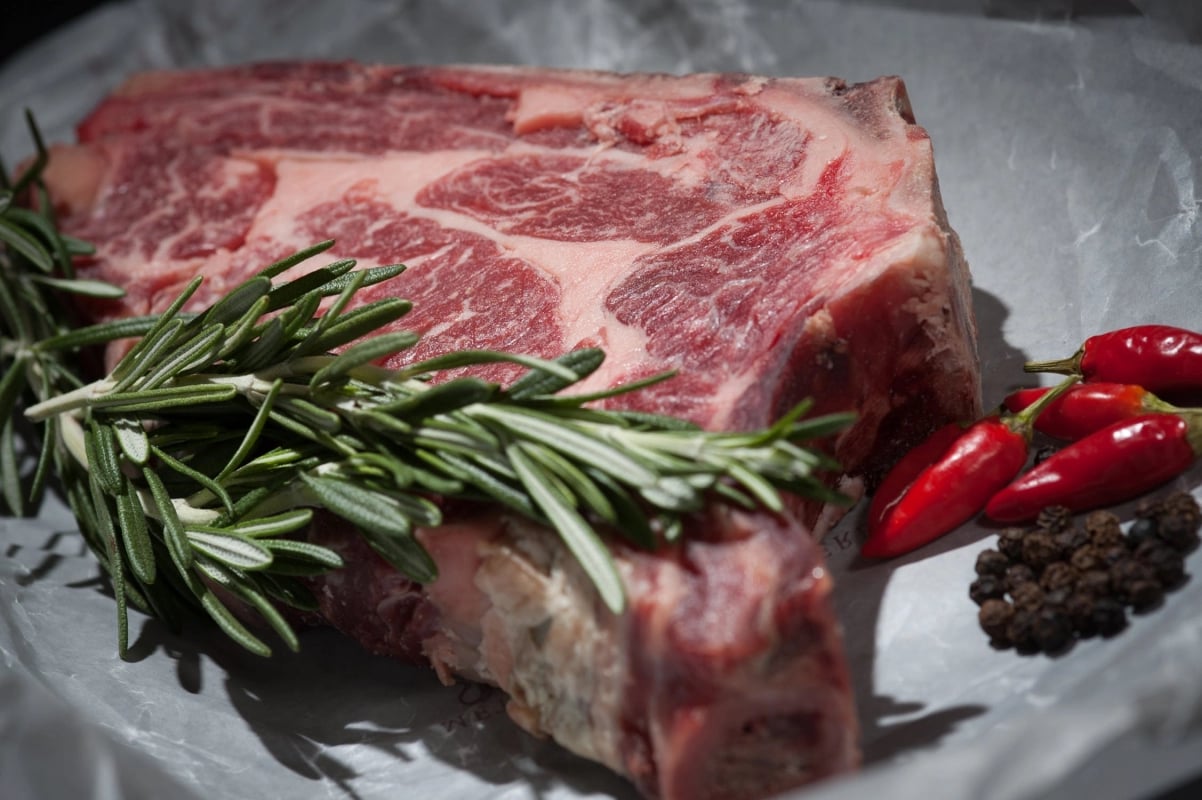As any kitchen team knows, learning how to thaw frozen foods is a key part of safe food handling. Every food handler should understand how to properly defrost perishables to reduce the risk of contamination. Any
reputable food handler certification course will cover the topic in detail but read on for a quick summary so you can brush up on the basics.
Freezing food is a great way to preserve large quantities of perishable foods like meat and bread, as well as leftovers. Not only is does it allow you to extend the lifespan of certain foods, but it also allows for increased convenience. Before pulling your next meal out of the freezer, it’s important that you know how to properly thaw and defrost food to reduce the chances of harmful bacteria multiplying while in the “temperature danger zone”, where germs thrive, doubling in numbers in just 20 minutes. Remember to never thaw food at room temperature, as it can make your food unsafe and lead to foodborne illness. Only the following methods of thawing and defrosting are recommended by food safety experts.
Food handling tips - Thawing foods under refrigeration
If you choose to thaw food in the refrigerator, it’s important for food handlers to plan ahead of time. While this is considered to be the easiest method of thawing because it’s a completely hands-off process and ensures that food is kept at a consistent safe temperature, it is also the slowest method. A pound of meat can take near an entire day to thaw, and a 12 pound turkey can take up to 3 days. Before placing food in the fridge for thawing, store it in a container below other foods to prevent it from dripping onto other items. Ideally, your refrigerator should be at a temperature of 4 oC, or 40 oF. Once food has been thawed, be sure to use it as soon as possible; poultry, seafood, and ground/stewing meat should be used within 2 days, and red meat within 3-5 days.
Thawing under cold running water
This thawing process is faster than the refrigeration method, but is also more hands-on and requires your full attention. Thawing food under cold running water takes between 2-3 hours based on the amount of food being thawed. This method should only be done in a cleaned and sanitized sink to ensure that food is not contaminated. Once your sink is clean, you will submerge the product in cold running water at a temperature of 21 oC, or 70 oF. Remember that the water needs to continually flow over the food being thawed, and that any small, loose bits of food should be able to be flushed down the drain. After thawing food with the cold running water method it should be prepared immediately.
Defrosting in the microwave or during the cooking process
The other two options both involve thawing food as it is being prepared, whether it be in the microwave or the oven. Defrosting food in the microwave is an effective way to thaw frozen food, but it can lead to rapid bacterial growth if food is not prepared immediately upon thawing - use this method only if you are planning on serving food immediately. Cooking food while it is frozen is also effective, but takes up to 50% longer than if food had been thawed under refrigeration. This time consuming method of thawing will require diligence, as you will have to check the internal temperature of food products with a sanitized and properly calibrated food thermometer to ensure that food is prepared safely.



